SPRING is a wonderful time to talk about SENSES to your Host Children and do some fun activities around it!

Children learn through their senses. Smelling, seeing, touching, hearing, tasting are all ways children take in information about the world around them.
Here is a list of suggestions of fun activities you can do with the children you care for.
SMELL: Smell flowers, name different things that have odors, make smell jars…Place one each of several fruits and vegetables in small cups. Cover cups with aluminum foil. Punch a small hole in the aluminum foil. Have the children smell the cups and identify the fruits and vegetables. Can also use coffee beans, spices, soap, lemon juice, chocolate, or whatever else you think of.
SIGHT: Make an indoor rainbow : fill a clear glass jar with water and set on a window sill in the bright sunlight. Place white paper on the floor to capture the rainbow.
Paint rainbow with watercolors.
Go for a nature walk. See how many things the children can see, hear, smell or touch.
Make binoculars for the nature walk: decorate two toilet paper tubes. Glue together to make binoculars. Place holes on one end of the rolls and attach yarn or string so children can wear the binoculars around their necks.
TOUCH: Make a Feely box: cut a hole in one end of a shoebox so children can slide their hand into the box. Fill the inside of the box with different items-spoons, small car, cotton ball, ball, pencil, etc… Have children slide their hand inside, fell an object and tell you what it feels like and what they think the items are without looking.
Have the children fingerpaint
Play in the sandbox
Make texture rubbings: place ea piece of paper over different textures-sandpaper, sidewalk, coins, etc…. and have them use a crayon to rub across the paper.
Make a texture collage: finds items of different textures-cotton ball, noodle, ribbon, small sticks, grass, whatever you choose and have the children glue on paper or a paper plate
HEAR: Make sound jars: need small containers such as film canisters, covered baby food jars, or small Pringle Chips cans. Fill two containers with rice, two with beans, two with rocks, two with water, two with pennies, etc… Place lids on containers. Have children shake cans, guess the sound in one of the remaining canisters.
Listen to wind chimes or music.
Listen to a tape of sounds and guess the sounds
Make shakers: take two paper plates and decorate them with crayons, markers or paint. Place dried beans between the two plates. Staple them together and shake.
TASTE: Apple tasting: cut up different varieties of apples to taste
Make a “tasting tray “with foods that taste sweet, sour, salty, spicy or bitter. Bake something from your home country and have the children taste. See whether or not it tastes different.
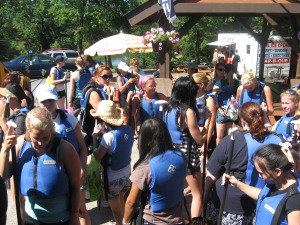
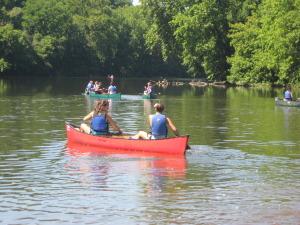
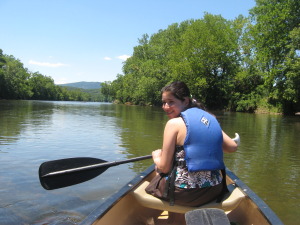
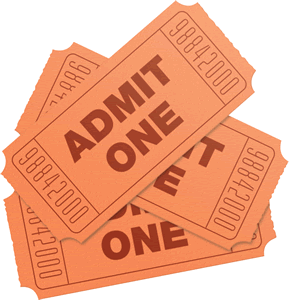 Take your kids to a free or almost free movie.There are a few theaters in the area offering free or $1 kid’s movies during the Summer.Check them out and make it a field trip for you and your host children. Check these websites to see if they are offered in your area:
Take your kids to a free or almost free movie.There are a few theaters in the area offering free or $1 kid’s movies during the Summer.Check them out and make it a field trip for you and your host children. Check these websites to see if they are offered in your area: 








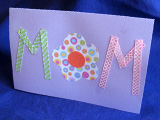 Flower Card for Mom
Flower Card for Mom



 Earth Day
Earth Day Cooking with my kids is one of my favorite things to do! Every member of our family enjoys food and trying new recipe is not only fun but a good way to eat a variety of things.
Cooking with my kids is one of my favorite things to do! Every member of our family enjoys food and trying new recipe is not only fun but a good way to eat a variety of things.
